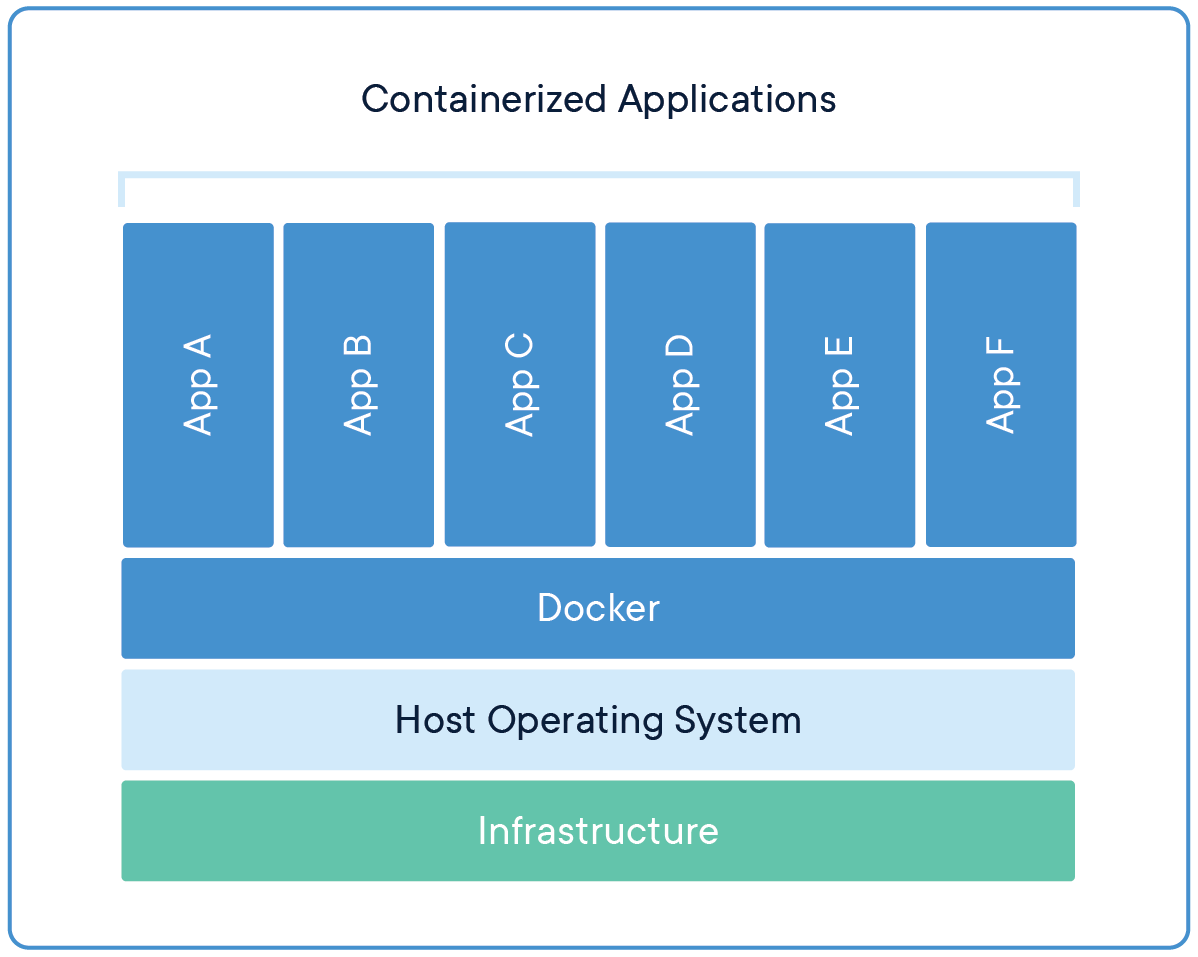Dockers and Containers in Cloud Computing
Cloud computing has revolutionized the way businesses store, manage, and access their data. With the rise of cloud computing platforms like Amazon Web Services (AWS), Microsoft Azure, and Google Cloud, organizations can easily scale their IT infrastructure without the need for physical servers. One of the key technologies driving this transformation is the use of dockers and containers.
Docker is a platform that allows developers to pack, ship, and run any application anywhere. By containerizing an application and its dependencies into a single package, developers can ensure that the app will run consistently on any environment. This makes it easier to deploy applications across different cloud platforms without worrying about compatibility issues.
Containers, on the other hand, are a type of virtualization technology that allows multiple isolated instances to run on a single host operating system. Unlike traditional virtual machines, containers share the host OS’s kernel, which makes them lightweight and faster to start up. Containers are portable and can be easily moved between different environments, making them ideal for cloud computing.
Benefits of Using Dockers and Containers
There are several benefits to using dockers and containers in cloud computing:
- Portability: Containers are portable and can run on any platform that supports containerization technology, making it easy to move applications between on-premises and cloud environments.
- Scalability: Containers can be quickly scaled up or down based on demand, allowing businesses to efficiently utilize resources and reduce costs.
- Isolation: Containers provide a level of isolation between applications, ensuring that they do not interfere with each other’s resources.
- Efficiency: By sharing the host OS’s kernel, containers are lightweight and consume fewer resources compared to traditional virtual machines.
Overall, dockers and containers offer a more efficient and flexible way to deploy applications in the cloud. They simplify the process of managing and scaling applications, while also improving resource utilization and reducing overhead costs.
Challenges of Using Dockers and Containers
While dockers and containers offer many benefits, there are also some challenges to consider:
- Security: Containers share the host OS’s kernel, which could pose security risks if not properly configured and managed.
- Networking: Setting up networking between containers and with external services can be complex and challenging.
- Monitoring: Monitoring and managing a large number of containers can be difficult without the right tools and processes in place.
It is important for organizations to address these challenges and implement best practices when using dockers and containers in their cloud environment. By carefully planning and monitoring their containerized applications, businesses can maximize the benefits of this technology while mitigating potential risks.
Conclusion
Dockers and containers have become essential tools in the world of cloud computing. They offer a more efficient and flexible way to deploy applications, allowing businesses to scale quickly and easily without the need for complex infrastructure. While there are challenges to using dockers and containers, the benefits far outweigh the risks when properly implemented and managed.
As cloud computing continues to evolve, dockers and containers will play a key role in shaping the future of IT infrastructure. Organizations that embrace this technology and leverage its capabilities will be better positioned to adapt to the changing demands of the digital economy.
